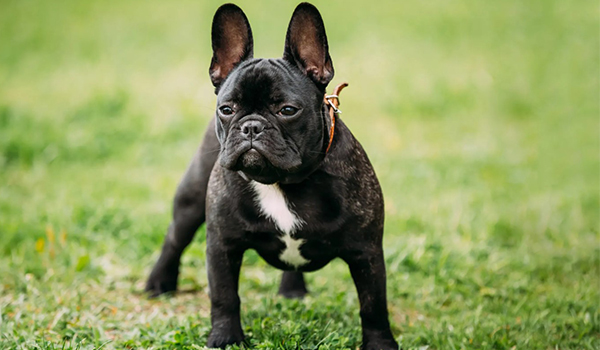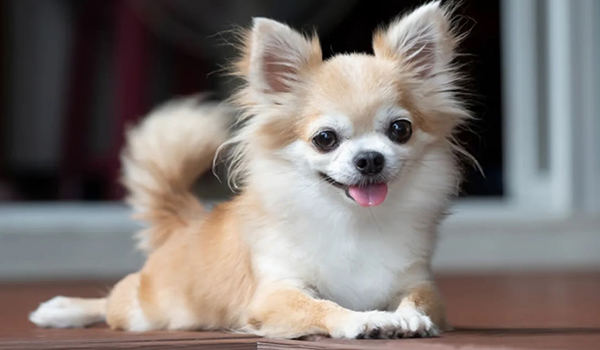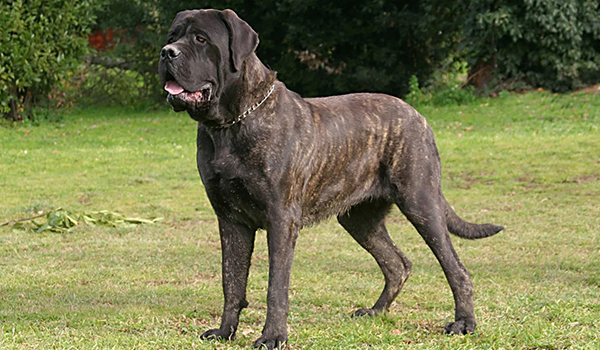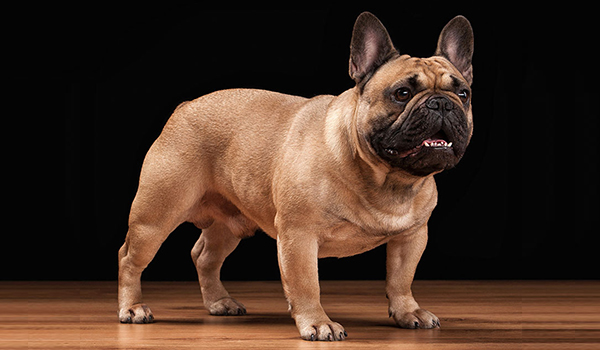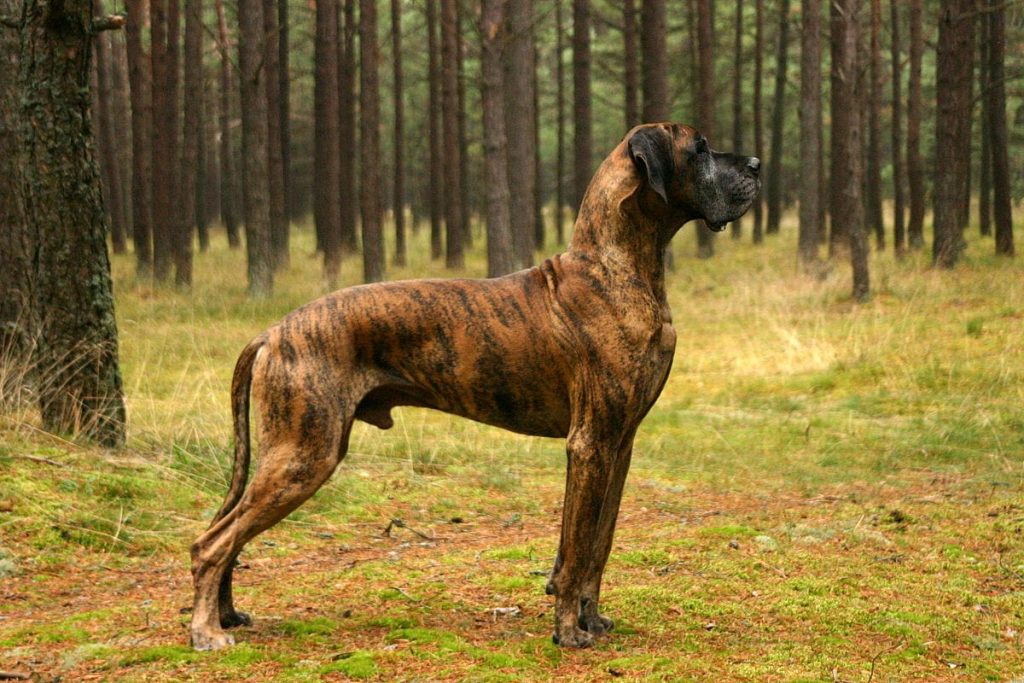
The Great Dane is a breed of sheer majesty and gentle spirit. Known as the “Apollo of Dogs,” they combine a towering, powerful physique with a noble and affectionate heart. Their immense size is breathtaking, but it is their sweet, patient, and loving nature that truly captures the hearts of their owners. Living with a Great Dane is a unique experience that comes with immense rewards and significant responsibilities.
This comprehensive guide will explore the reality of life with a gentle giant to help you determine if you have the space, budget, and dedication to provide the care this magnificent breed requires.
Breed Overview
- Group: Working
- Height: 28 – 32 inches (at the shoulder) or more
- Weight: 110 – 175 pounds (females), 140 – 200+ pounds (males)
- Life Span: 7 – 10 years (often shorter for the largest individuals)
- Coat: Short, thick, and sleek. It requires minimal grooming. Colors include fawn, brindle, blue, black, harlequin (white with black patches), and mantle.
A Brief History: From Boar Hunter to Gentle Giant
Despite their name, the Great Dane’s development is primarily German. Their ancestors were likely a mix of English Mastiffs and Irish Wolfhounds, bred by German nobility to hunt wild boar—a fearsome task that required great size, strength, and courage.
As hunting practices changed, the breed’s role shifted from hunter to estate guardian and companion. German breeders refined the breed into the more elegant and noble dog we know today. The name “Great Dane” is a bit of a misnomer that stuck, possibly due to a French naturalist who classified them as “Grand Danois” (Big Danish). In Germany, they are known as the Deutsche Dogge, or German Mastiff.
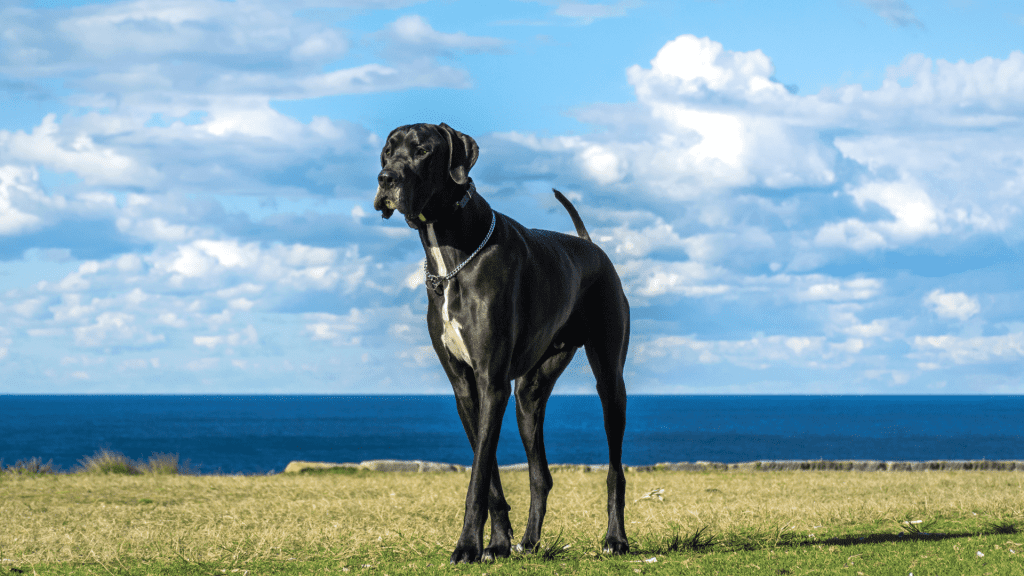
The Great Dane Temperament: A Gentle Heart in a Giant Body
A well-bred Great Dane’s temperament is their most prized quality. They are the quintessential “gentle giant.”
- Friendly & Patient: Great Danes are typically friendly, outgoing, and incredibly patient. They are known for their gentle nature with children, earning them the nickname “nanny dog.”
- Gentle & Non-Aggressive: Despite their imposing appearance, they are not naturally aggressive. They are more likely to lean against you for a cuddle than to show hostility. Their sheer size is usually a sufficient deterrent.
- People-Oriented & Affectionate: They are true “velcro dogs” that form deep bonds with their families and crave human companionship. They want to be involved in everything and are known for their love of sitting on laps, unaware of their size.
- Confident & Reserved: They carry themselves with dignity and can be somewhat reserved or observant with strangers, but they are not typically shy or fearful.
- Moderately Energetic: They are not a high-energy breed like a Border Collie. They have bursts of puppy-like playfulness but mature into calm, dignified adults who require moderate exercise.
Caring for Your Great Dane
Exercise: Moderate but Important
While not endurance athletes, Great Danes need regular, controlled exercise to stay fit and healthy, especially during their growth phase.
- Daily Requirements: 30-60 minutes of moderate daily exercise is sufficient for an adult. This should include leashed walks and playtime in a secure area.
- Avoid Overexertion in Puppyhood: For the first 18-24 months, exercise must be carefully managed to protect developing joints. Avoid forced running on hard surfaces, jumping, and long-distance hikes.
- Mental Stimulation: They are intelligent and enjoy training sessions, puzzle toys, and simply being with their family.
Grooming: Surprisingly Low-Maintenance
- Brushing: A weekly brush with a grooming mitt or soft bristle brush is sufficient to remove loose hair and distribute skin oils. They are average shedders.
- Bathing: Bathe as needed, which can be a significant undertaking due to their size!
- Drooling: Be prepared for drool, especially after drinking or when excited. Keeping a “drool rag” handy is a fact of life for Dane owners.
- Other Needs: Regular nail trimming is crucial for their joint health, along with ear cleaning and teeth brushing.
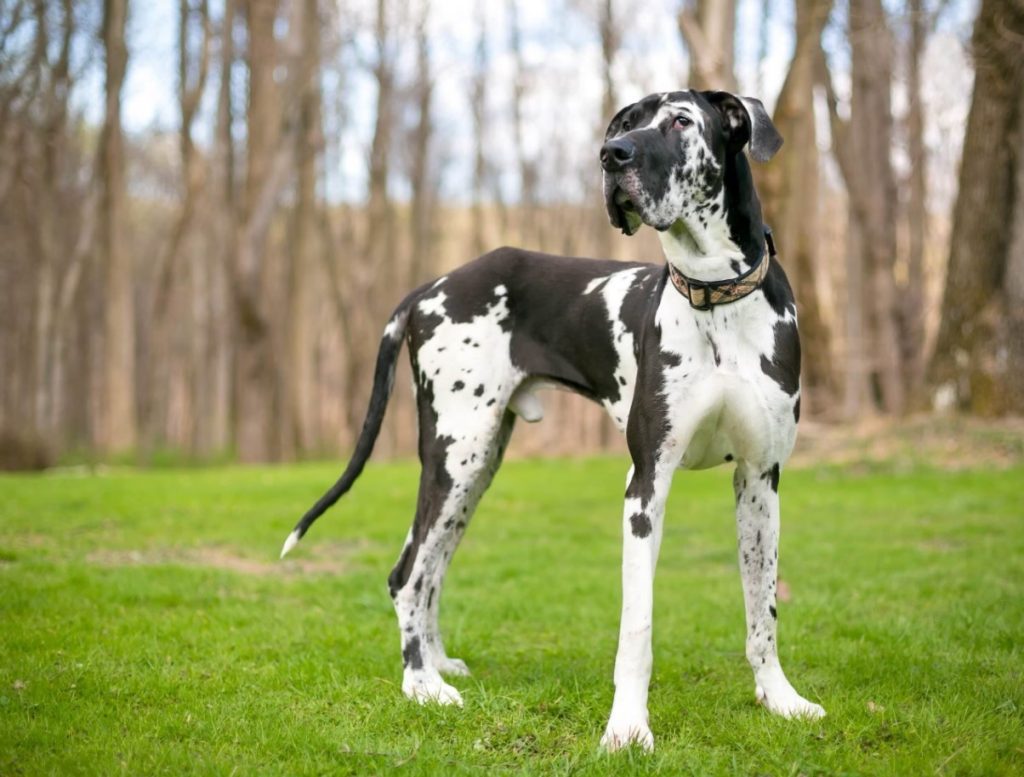
Training: Essential for a Manageable Giant
Training is not optional with a Great Dane; it is a matter of safety and practicality. A out-of-control 150-pound dog is unmanageable.
- Start Immediately: Begin socialization and puppy training classes the day you bring your Dane home. Positive exposure to a wide variety of people, environments, and situations is critical for building a confident, well-mannered adult.
- Focus on Manners: Essential skills include:
- Leash Manners: Teaching them not to pull is paramount.
- Not Jumping Up: A jumping puppy is cute; a jumping adult is dangerous.
- Basic Obedience: Reliable “sit,” “stay,” and “down” commands.
- Use Positive Reinforcement: They are sensitive souls who respond best to reward-based training with praise and treats. Harsh methods will damage their spirit.
- Crate Training: Essential for housetraining and providing a safe den for your giant puppy.
Health: What to Be Aware Of
Tragically, the Great Dane’s majestic size comes with a shorter lifespan and predisposition to serious health issues. Responsible breeding is critical.
- Bloat (Gastric Dilatation-Volvulus): This is the number one killer of Great Danes. It is a life-threatening emergency where the stomach fills with gas and twists. Preventative measures are non-negotiable:
- Feed 2-3 small meals a day instead of one large one.
- Avoid exercise for at least one hour before and two hours after eating.
- Use a slow-feed bowl.
- Know the signs (restlessness, unproductive vomiting, distended abdomen) and have an emergency plan. Many owners opt for a prophylactic gastropexy surgery (tacking the stomach to the abdominal wall) when the dog is spayed/neutered.
- Heart Disease: Particularly Dilated Cardiomyopathy (DCM), a condition where the heart becomes enlarged and weak.
- Hip & Elbow Dysplasia: Common in large breeds, causing arthritis and pain.
- Joint Issues: Their rapid growth and size make them prone to other skeletal problems.
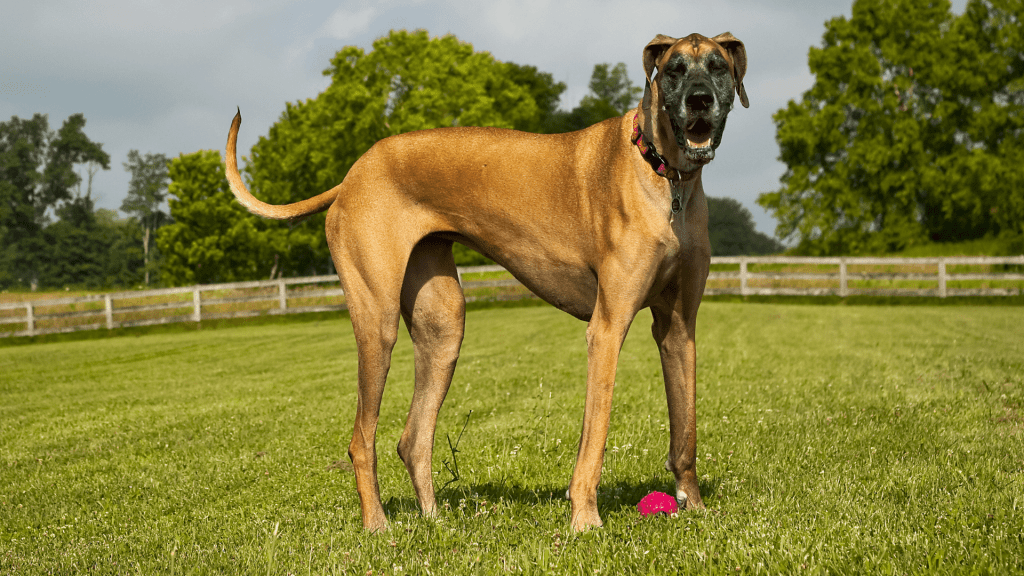
Is a Great Dane Right For You?
A Great Dane might be your perfect match if you:
- Have a large, spacious home (with a large, comfortable couch!).
- Want a gentle, affectionate, and low-energy indoor companion.
- Are prepared for the significant financial commitment of feeding and providing veterinary care for a giant breed.
- Are a responsible owner committed to thorough training and socialization.
- Have a sense of humor about drool and a willingness to share your space.
You should absolutely reconsider if you:
- Live in a small apartment or have limited space.
- Are on a tight budget (everything costs more for a Dane: food, medication, crates, beds, vet bills).
- Want a long-lived breed (their lifespan is heartbreakingly short).
- Desire a highly active jogging or hiking partner.
- Are unprepared for the emotional and financial toll of potential health issues like bloat.
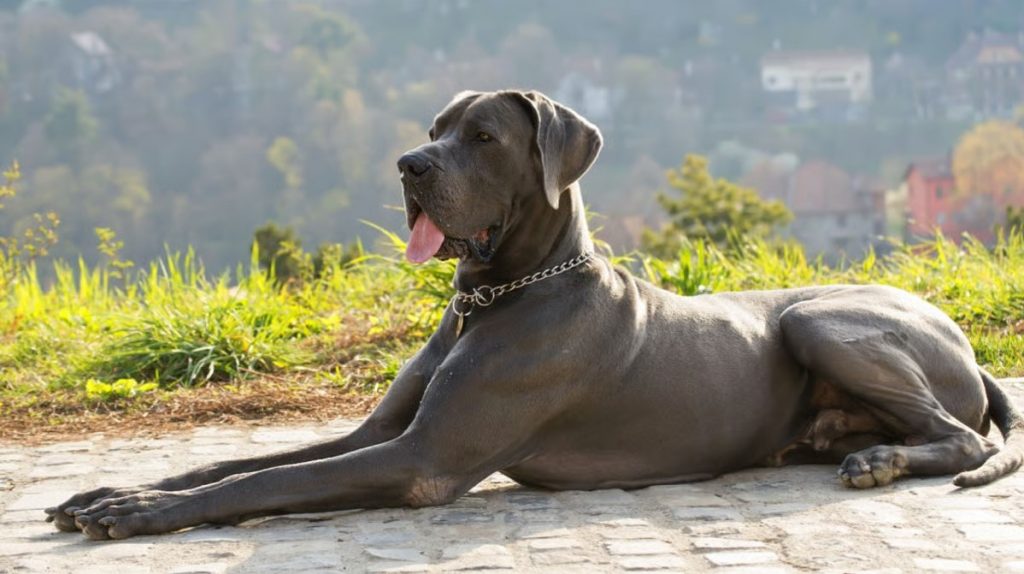
Finding Your Great Dane
- Reputable Breeders: This is paramount. A responsible breeder will:
- Health Test: Provide OFA certifications for hips and heart clearances from a veterinary cardiologist.
- Be Transparent: Discuss their strategies for preventing bloat and be honest about the breed’s health challenges and lifespan.
- Focus on Temperament: Breed for the stable, gentle temperament the breed is known for.
- Rescue & Shelters: Great Dane-specific rescues are very active. Many dogs are surrendered due to their size, cost, or shorter lifespan. Adopting an adult can be a wonderful way to offer a second chance.
Understanding the Cost: The initial purchase price from a reputable breeder in the U.S. is typically $1,500 to $3,000+. The lifetime cost of ownership is the real consideration. Owners must budget for:
- Massive amounts of high-quality food.
- Giant-sized everything: crates, beds, collars, leashes.
- Substantial veterinary bills, including higher costs for anesthesia, medications, and potential emergencies like bloat surgery. Pet insurance is highly recommended.
Bringing a Great Dane into your life is a commitment to a larger-than-life companion. In return for your dedicated care, you will gain the most gentle, loyal, and heartwarming friend whose majestic presence and unwavering devotion will leave an indelible mark on your life, however short their time may be.

